Make a call

Project Details
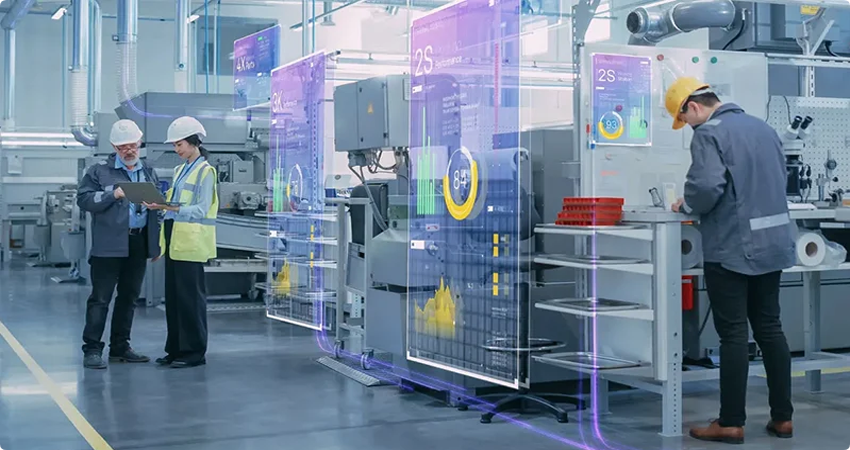
Electrical automation
Electrical automation covers a broad spectrum of products, from sensors and controllers to actuators, encompassing a wide range of essential components and systems that facilitate efficient and reliable automation processes. Key products within this domain include:
Sensor
Vital for detecting physical quantities and converting them to electrical signals.
Vital for detecting physical quantities and converting them to electrical signals, sensors are the eyes and ears of any automation system. They measure variables such as temperature, pressure, light, motion, and chemical composition, providing real-time data that is crucial for monitoring and control. Advancements in sensor technology, including MEMS (Micro-Electro-Mechanical Systems) and IoT (Internet of Things) integration, have made these devices more accurate, reliable, and connected. From simple thermistors to complex imaging sensors, they play a pivotal role in ensuring that automation processes operate within desired parameters.
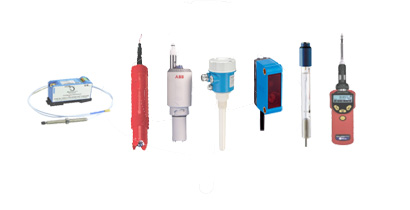
Controllers
Core of automation systems, receiving sensor signals and controlling actuators.
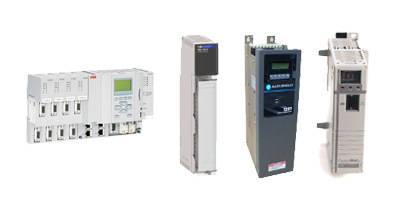
The core of automation systems, controllers receive sensor signals, process this information using algorithms, and then issue commands to actuators. They serve as the brain of the operation, making decisions based on programmed logic and control strategies. PLCs (Programmable Logic Controllers), PACs (Programmable Automation Controllers), and industrial PCs are common types of controllers, each offering different levels of functionality, flexibility, and scalability. Modern controllers often incorporate advanced features like predictive analytics, machine learning, and cybersecurity measures to enhance system performance and security.
Actuators
Devices that move based on controller commands, like electric motors, valves, pneumatic and hydraulic actuators.
Devices that move based on controller commands, actuators are the muscle of automation systems. They convert electrical, pneumatic, or hydraulic energy into mechanical motion, enabling processes such as positioning, conveying, mixing, and regulating. Electric motors, solenoids, valves, pneumatic cylinders, and hydraulic pumps are examples of actuators used across various industries. The choice of actuator depends on factors such as force requirements, speed, precision, and the environment in which they operate. With the rise of servo and stepper motors, actuators have become more precise and energy-efficient, enabling higher levels of automation and productivity.
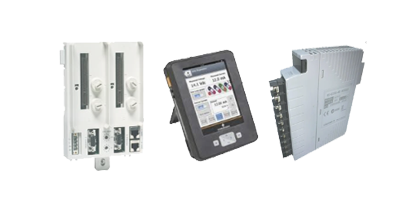
Communication Products
Facilitate data transfer within and outside systems, including Ethernet switches, wireless modules, serial modules, and field buses.
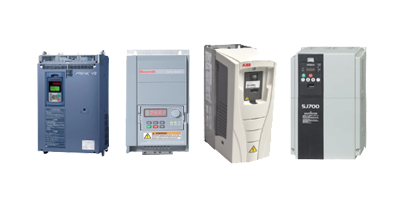
Facilitating data transfer within and outside systems, communication products are essential for integrating automation components into cohesive networks. Ethernet switches, wireless modules (like Wi-Fi, Bluetooth, and LoRa), serial modules (RS-232, RS-485), and field buses (PROFIBUS, MODBUS) enable seamless information flow between sensors, controllers, actuators, and higher-level systems like SCADA (Supervisory Control And Data Acquisition) and ERP (Enterprise Resource Planning). This interoperability is crucial for remote monitoring, diagnostics, and control, as well as for enabling IIoT (Industrial Internet of Things) applications that drive further optimization and efficiency. As communication technologies evolve, systems become more connected, intelligent, and responsive to real-time conditions.

Build strong relationships
with clients
Take responsibility for our customers, create value continuously,
and become a
trustworthy partner for industrial intelligence and connectivity.
